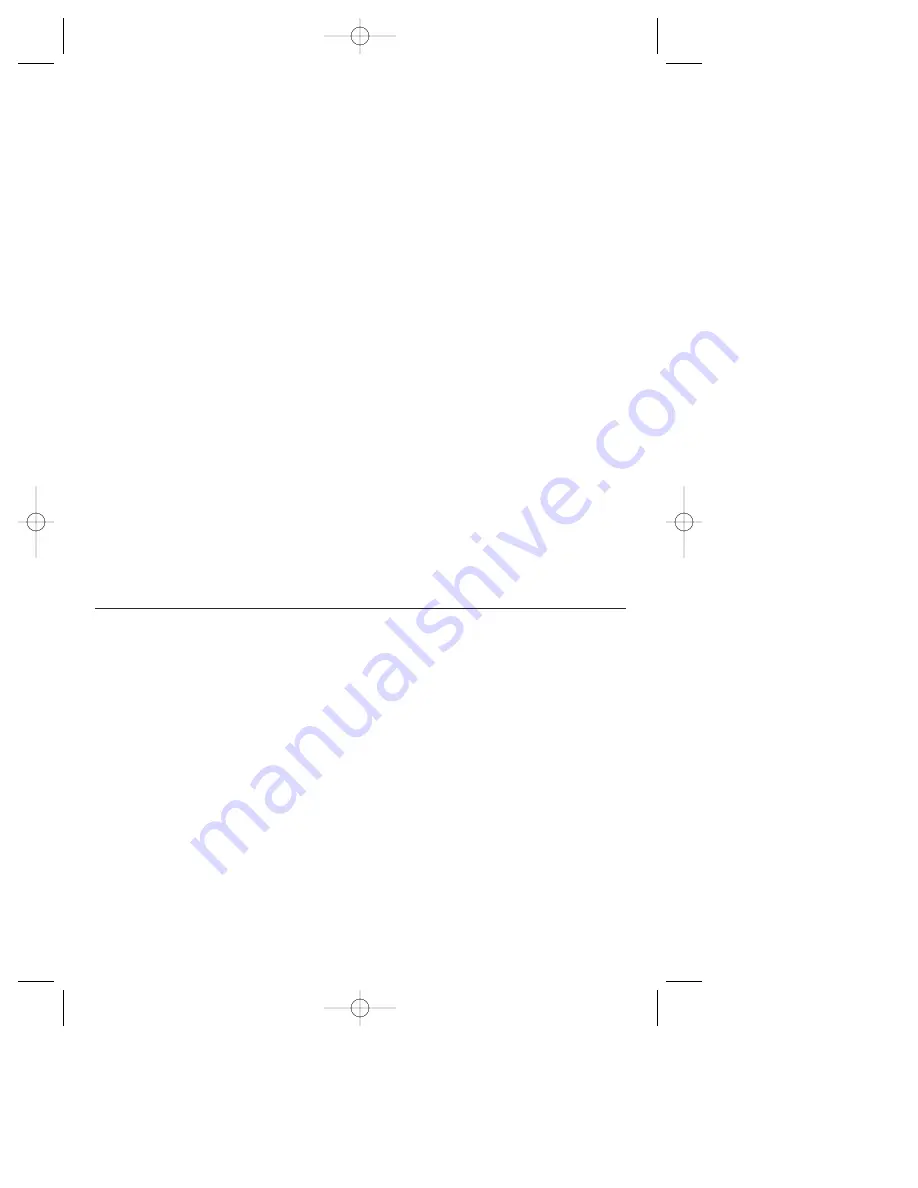
-9-
TOOL TIPS
Following a few simple tips will reduce wear
on the tool and the chance of injury to the
operator.
The high efficiency available from the
BOSCH Rotary Hammer can only be
obtained if sharp and undamaged drilling
tools are used. Note that the costs for
maintaining sharp drilling tools are more
than offset by the time lost in operating dull
drilling tools.
All grease packed hammers require a short
time to warm up. Depending on the
temperature, this time will vary from
approximately 15 seconds (90° F) to 2
minutes (32° F). The tool will exert its full
power and hammering action after the heat
from impact hammering has spread,
softening the grease. A new hammer
requires a break in period before full
performance is realized. This period may
vary from 30 minutes to 10 hours of
operation.
Carbide tipped bits:
Used for drilling stone,
concrete, cement, brick, cinder block and
other unusually hard non-metals. The Rotary
Hammer is designed for “SDS” Carbide
Tipped Bits up to 3/4 inch diameter.
3 JAW CHUCK
The 3 Jaw Chuck with SDS Shank Adaptor
accessory can convert your tool for use with
straight shank bits.
You will extend the life of your bits and do
neater work if you always put the bit in
contact with the workpiece BEFORE pulling
the trigger. During operation, hold the drill
firmly and exert moderate, steady pressure.
Too much pressure at low speed will stall the
hammer. Too little pressure will keep the bit
from cutting and cause excess friction by
sliding over the surface. This can be
damaging to the drill and bit.
Shanks of all drill bits should be wiped clean
prior to using and immediately after removing.
Recall these instructions for safe operation:
1. Some materials require slow drilling
speeds; whereas, others require higher speed
to produce the best results.
2. All work must be supported or secured
before drilling and steady, even pressure
applied in line with the drill bit.
3. As the drill bit cuts through the opposite
side, reduce the pressure and continue
running the drill as the bit is withdrawn.
Materials such as glass, porcelain, ceramics,
tiles, plastics, etc., should be drilled at low
speeds with specially designed drill bits and
lubricants.
DRILLING WOOD OR PLASTIC
If backing block is not used, ease up on the
pressure just before the bit breaks through
the wood to avoid splintering. Complete the
hole from the opposite side immediately
after the point breaks through. If bit binds,
reverse the drilling operation to help remove
the bit from the work.
DRILLING METAL
Make a center punch in the material for
easier starting. Use enough pressure to keep
the bit cutting. If the bit is allowed to merely
spin in the hole, it will become dull within a
short time. When drilling a larger hole, it is
faster and easier on your power pack to first
make a smaller hole and enlarge it to the
required size. Lubricate the tip of the bit
occasionally with CUTTING OIL for easier
metal drilling. If bit binds, reverse the drilling
to help remove the bit from the work.
DRILLING MASONRY
Use carbide-tipped masonry bit for cinder
block, mortar, common brick, soft stone and
other materials. The amount of pressure to
be used is dependent upon the type of
material being drilled. Soft materials require
less pressure while the hard materials need
more pressure to prevent the drill bit from
spinning.
BM 1619929350 2/03 2/12/03 10:37 AM Page 9










































